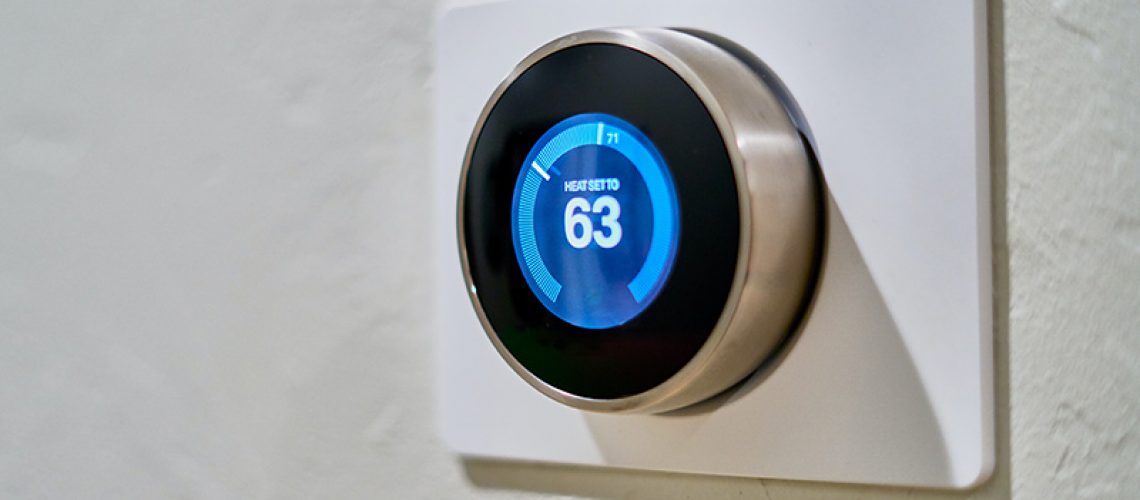Smart home technology is making it easier than ever to take control of your energy usage and cut down on unnecessary spending. Here are six ways that smart home tech can help you to save energy, whilst being good for the environment to boot!
1: Keep Track
The first step towards fixing any problem is identifying it, and wasted electricity is no different. By connecting smart appliances to a smartphone app or hub, you’ll be able to track your energy usage more accurately whilst also identifying areas where you don’t need to be spending as much. By figuring out what your big spenders are, whether it’s heating or general appliance usage, you can figure out where you need to start cutting costs – and having this all presented to you visually can make the whole process easy as pie.
2: Manage from anywhere
Having your home wired into your smartphone isn’t just useful for monitoring usage; it also means that you’ll be able to configure your smart home remotely. As your smart home is connected to the internet, your smartphone can interact with it regardless of where you are. Forgot to turn the kitchen lights off on your way out? Simply tap a button on your smart home hub app and they’ll be switched off remotely, saving you energy and money right away.
3: Automation
Aspects of smart homes can also be configured to run on automatic cycles, helping you to reduce energy consumption. By setting up automatic cycles for lighting and heating you’re less likely to leave them on unnecessarily, and automatic blinds and window coverings can help to insulate your rooms when they’re unoccupied. It’s easier than ever to set these routines up with smart assistants like Google Home and Alexa, and by setting schedules you can even have appliances come on whilst you’re asleep, saving you cash by only drawing from the grid at off-peak times.
4: Smart Plugs
Smart plugs are another great way to save energy by eliminating power-hungry standby settings. Smart plugs essentially provide a barrier between the mains and your appliances that you can trigger at the tap of a button. Even if you can’t see what’s been left on, whether it’s a TV, microwave, or stereo system, your smart plug app can tell what is idling whilst not in use. Then, rather than having to seek out each appliance and turn it off at the wall, you can simply use your app to cut out the excess usage immediately.
5: Smart Appliances
Many appliances now have smart counterparts that can perform better than non-smart models. Smart refrigerators can monitor and adjust temperatures accordingly, smart sprinklers can trigger during the night to minimize water and energy usage, and smart thermostats can adjust room temperature based on occupants and time of day to minimize energy usage. Again, being able to see usage accurately means you’ll know what to cut down on specifically, and smart appliances will help you do this by performing as efficiently as possible.
6: Solar Management
By pairing smart technology with solar panels it’s possible to configure your home to use less energy from the grid and instead work towards self-sufficiency. Battery management systems can allow you to store and then use solar energy at a later date, and by using an app to control your usage you can plot exactly where and when your solar energy is used and when you might otherwise need to pull from the grid. So you’re not only saving energy and cash, but also the environment too!


